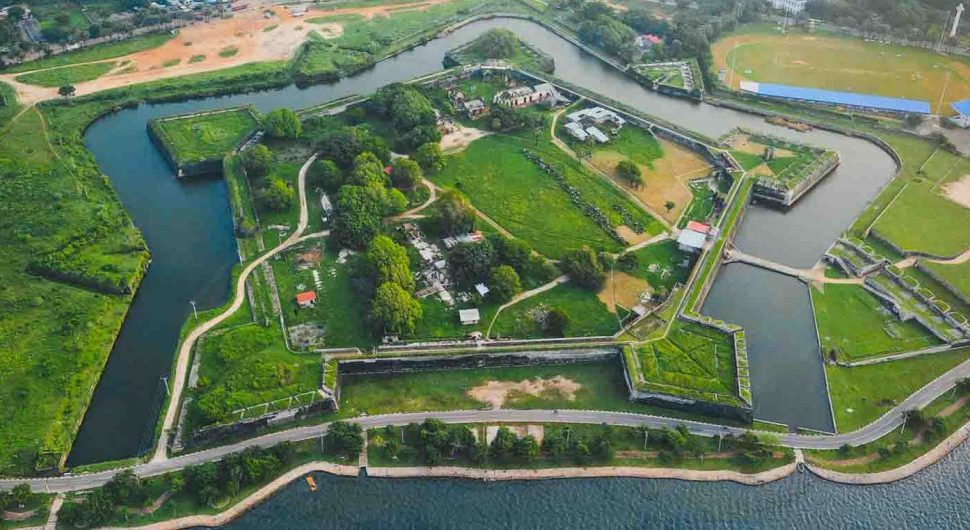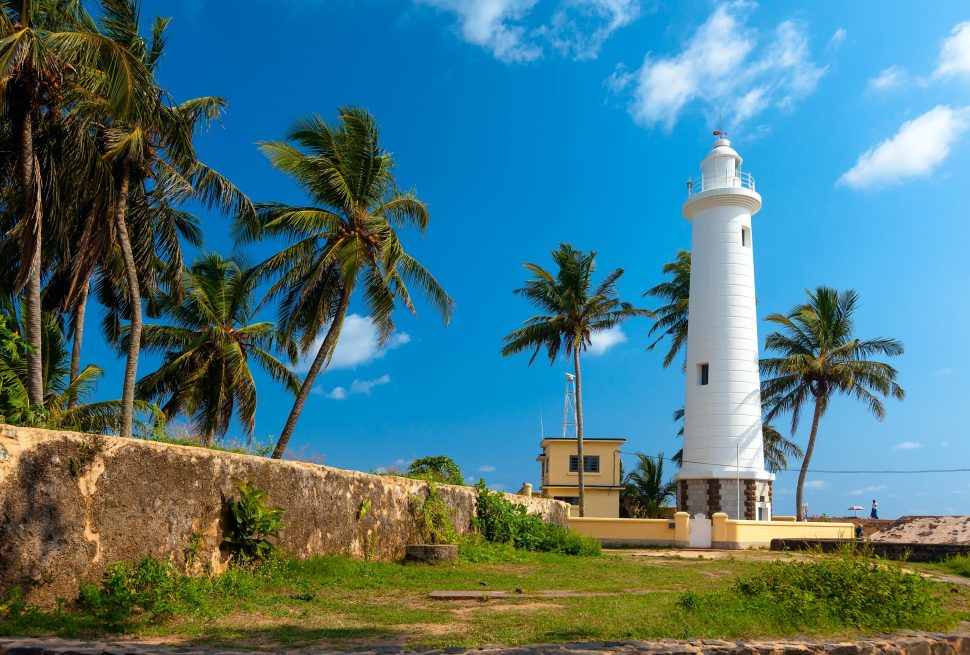Unveiling Sri Lanka’s Crown Jewel: Sigiriya, the Lion Rock Fortress
Nestled amidst the emerald embrace of Sri Lanka’s north-central plains, Sigiriya, also known as the Lion Rock Fortress, stands as a testament to the country’s rich history and architectural prowess. Designated a UNESCO World Heritage Site, this 5th-century marvel has captivated travelers for centuries with its dramatic landscape, intricate frescoes, and captivating legends.
A Journey Through Time: Delving into Sigiriya’s History
Sigiriya’s story unfolds like a thrilling saga. In the 5th century AD, King Kashyapa, fearing retribution for his claim to the throne, sought refuge atop this colossal rock formation. He transformed it into a fortified palace complex, complete with moats, gardens, and water features. The rock’s natural shape was cleverly incorporated, with the entrance adorned with the image of a colossal lion, giving rise to the name “Sigiriya” (Lion Rock).
Beyond the Climb: Unveiling Sigiriya’s Treasures
The ascent to the summit of Sigiriya is an experience in itself. Winding staircases carved into the rock face lead you past ancient water gardens and the captivating “Mirror Wall,” where polished plaster once reflected the king’s procession. Finally, at the summit, the breathtaking vistas unfold before you, offering panoramic views of the surrounding plains and distant mountains.
A Canvas of Time: The Enigmatic Frescoes
One of Sigiriya’s most captivating features is its collection of vibrant frescoes. Sheltered beneath a rock overhang, these exquisite paintings depict celestial beings, mythical creatures, and alluring damsels. Their enigmatic nature and masterful execution continue to spark debate and intrigue among historians and art enthusiasts alike.
More Than Just a Fortress: Sigiriya’s Cultural Significance
Sigiriya’s influence extends far beyond its physical presence. It served as a major center for Buddhist art and architecture, leaving an enduring legacy on Sri Lankan culture. The site’s unique blend of natural beauty, historical significance, and artistic expression makes it a true national treasure.
Planning Your Sigiriya Adventure:
- Best Time to Visit: The dry season, from December to April, offers the most pleasant weather for climbing. However, the lush greenery of the rainy season (May to November) creates a different kind of charm.
- Entrance Fees: Adult tickets are currently priced at USD 30.
- Accommodation: Dambulla and Sigiriya offer a variety of accommodation options, from budget guesthouses to luxury hotels.
- Responsible Tourism: Be mindful of your impact on the site. Respect the cultural significance and avoid littering or damaging the frescoes.
Sigiriya awaits you with its captivating blend of history, nature, and art. So, pack your bags, lace up your shoes, and prepare to be enthralled by this majestic wonder of Sri Lanka.
Bonus Tip: Combine your visit to Sigiriya with a trip to nearby Dambulla, famous for its cave temples adorned with intricate Buddhist paintings.




